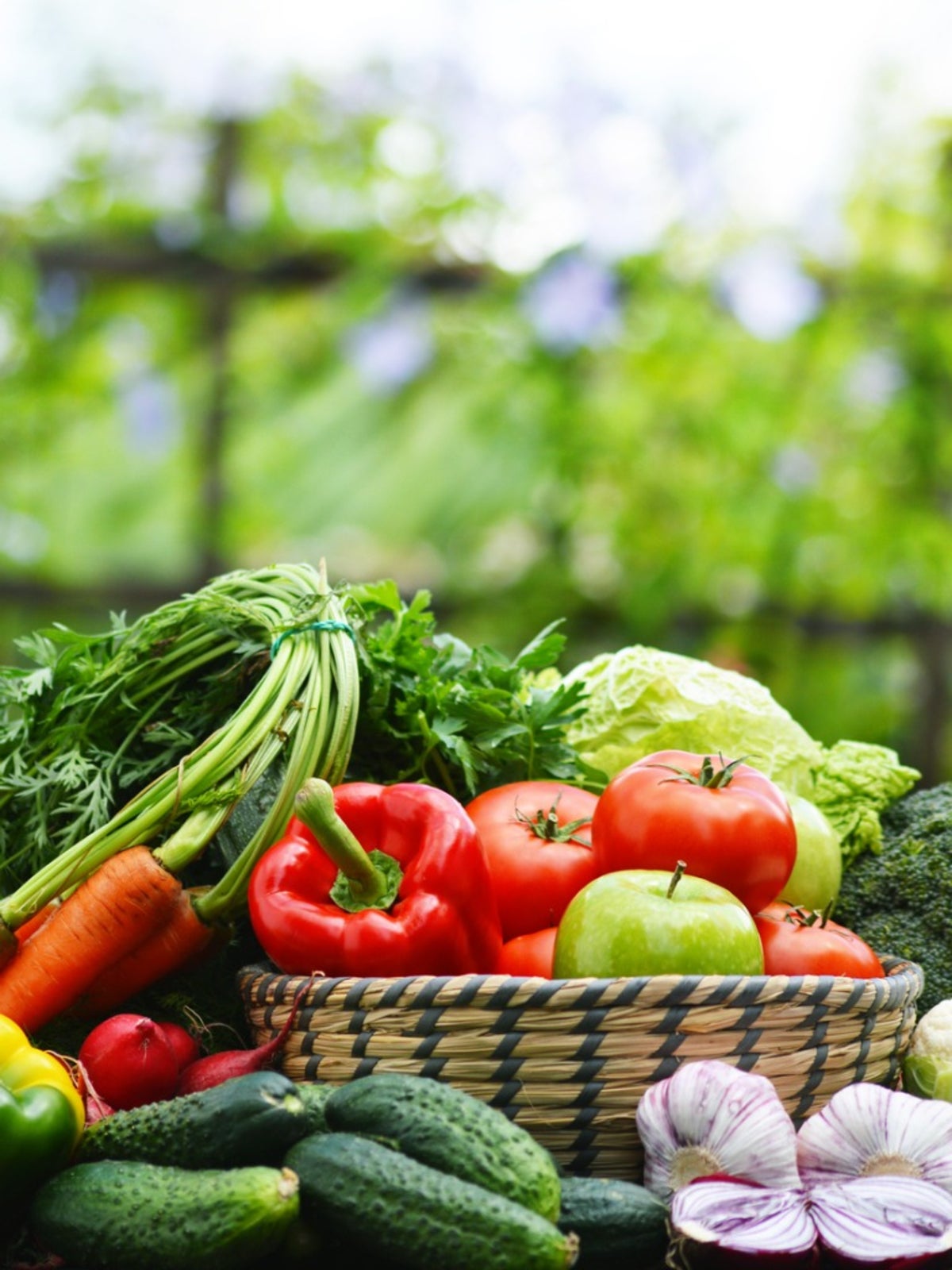Summer Vegetable Harvest - What Do You Harvest In Summer


What do you harvest in summer? Whether this is your first garden or you're trying something new, knowing when to pick the bounty of your hard labor is essential to get the most out of your gardening efforts. So if you're asking “what can you pick in summer” or “how to harvest in summer,” here are summer harvest tips to get you started.
Getting the Most from Your Summer Vegetable Harvest
For many crops, summertime is the heart of the harvest season. From picking peas and lettuce in early summer to gathering pumpkins and winter squash later in the season, the summer vegetable harvest is the primary time for picking and preserving your garden produce. Try these general tips on how to harvest in summer:
- Pick at the correct time. For some veggies this means picking at the peak of ripeness, others can be picked early and will continue to ripen off the plant.
- Harvest regularly. Many veggies, like beans, will cease to produce if mature produce is left on the plant.
- Pick in the morning. You'll enjoy the cooler temps and your produce will be better hydrated before the heat of the day sets in.
- Harvest for preserving. Pick veggies earmarked for preserving when you know you'll have time for the canning, freezing or dehydration process. Preserving veggies when they are fresh helps retain valuable nutrients and improves flavor.
- Cut, don't tear. To avoid damaging the plant and bruising the fruit, remove produce with a knife or scissors. Use a basket for transporting ripe veggies to prevent bruising.
- Water root crops. Irrigating root crops prior to your summer vegetable harvest softens the soil and reduces the risk of marring their tender skin.
What Do You Harvest in Summer
To answer the question, “What can you pick in summer,” peruse this list of the most popular veggies that gardeners plant for a summertime harvest. Included are summer harvest tips:
- Carrots – Begin harvesting when large enough to use. Carrots become sweeter as the ground cools in late summer.
- Corn – Pick when the silks at the top of the cob turn brown and the ear feels plump.
- Cucumber – Clip cucumbers off the vine as soon as they are large enough to use. Remove yellow (overripe) fruit to encourage production.
- Eggplant – Snip the fruit from the plant when it has a glossy skin and has ceased growing.
- Green beans – Pick when young and tender. Bulges indicate mature beans with developed seed, tough skin and strings. Harvest often to encourage production.
- Melons – Judge melon ripeness by rapping on the fruit and observing color changes in the skin. Withhold water a week before harvest to allow sugars to concentrate in the fruit.
- Okra – Clip 2 to 4 inch (5-10 cm.) pods on a daily basis. Okra matures and ripens from the bottom of the plant first.
- Onions – Harvest “green” onions as needed. Once the tops have fallen over and begun to yellow, harvest and cure bulbs.
- Peppers – Harvest anytime after the fruit has developed a thick flesh. Clip peppers when green to increase fruit production or when fully ripe for a sweeter or hotter pepper.
- Potatoes – New potatoes can be gently removed once they reach 1 to 2 inches (2.5-5 cm.) in diameter. Larger potatoes destined for storage are harvested after the plants begin to die back.
- Summer squash – Check daily as quick-growing squash and zucchini are best harvested when young and tender.
- Sweet potato – Harvest when the vines begin to die back, but before frost. Look for sweet potatoes anywhere the vine has rooted into the soil.
- Tomato – Harvest when the fruits are a suitable size for dishes like fried green tomatoes or leave on the vine until firm and ripe. Tomatoes will continue to ripen once picked. For the best flavor, store fresh tomatoes at room temperature.
- Winter squash – Harvest in late summer when the rinds are hard and the vines begin to die back.
Sign up for the Gardening Know How newsletter today and receive a free copy of our e-book "How to Grow Delicious Tomatoes".

Laura Miller has been gardening all her life. Holding a degree in Biology, Nutrition, and Agriculture, Laura's area of expertise is vegetables, herbs, and all things edible. She lives in Ohio.